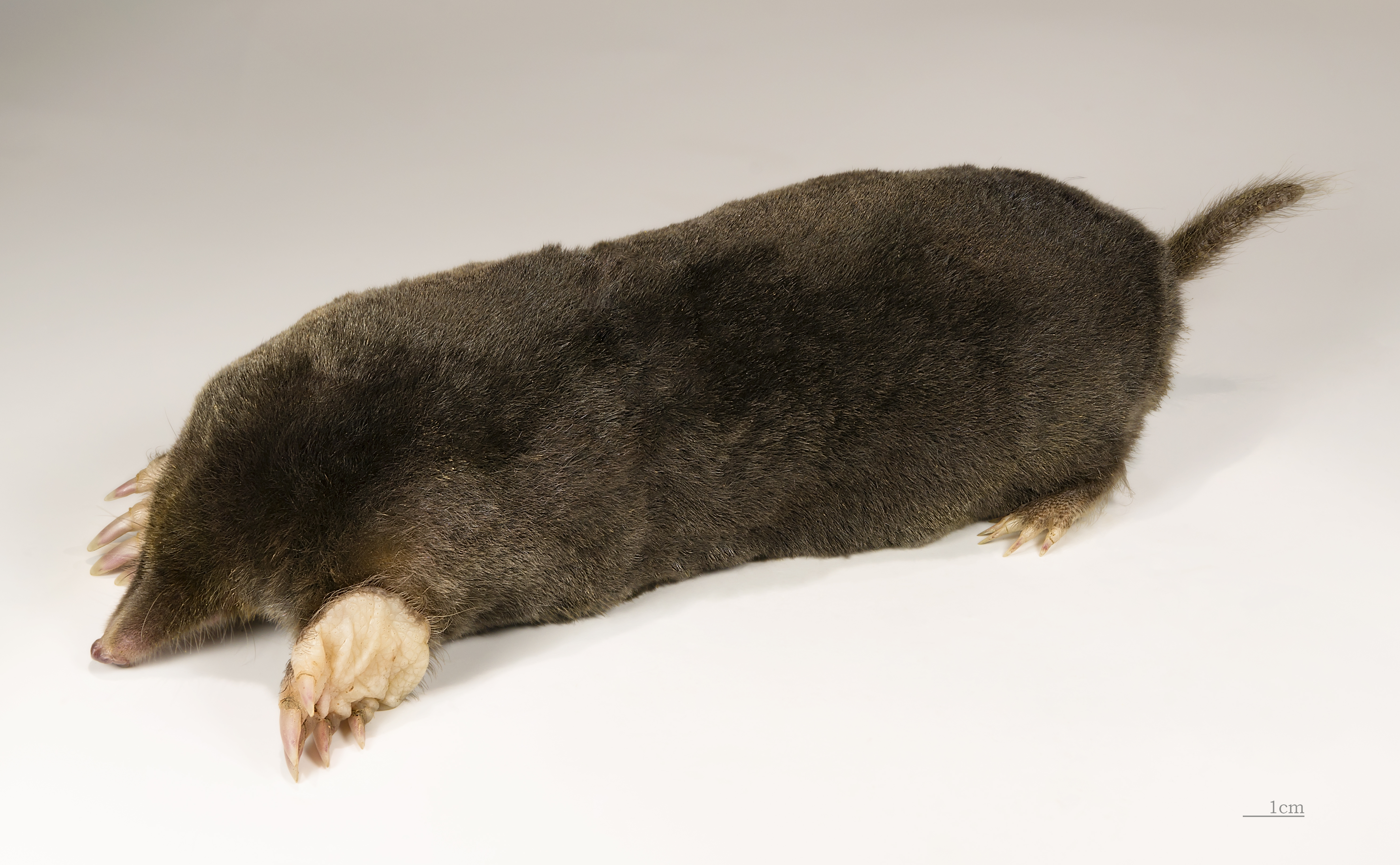|
Nyctithere
Nyctitheriidae is a family of extinct eulipotyphlan insectivores known from the Paleocene and Eocene epochs of North America and Asia and persisting into the Oligocene of Europe. Several genera, including '' Nyctitherium'', '' Paradoxonycteris'', and ''Wyonycteris'', have initially been described as bats, although the family is more frequently placed in the order Eulipotyphla. Origins and discovery O.C. Marsh originally described ''Nyctitherium'', from the Eocene of Wyoming, as an early bat based on similarities of its teeth. Since 1872 more than two dozen other genera of nyctitheriids have been named, and several of these have also initially been considered bats. G.G. Simpson recognized that ''Nyctitherium'' did not represent a bat, and in 1928 named the family Nyctitheriidae for ''Nyctitherium'' and several other small insectivores. Many additional species of Nyctitheriidae from Asia, Europe, and North America have been recognized in the subsequent decades. Most species ar ... [...More Info...] [...Related Items...] OR: [Wikipedia] [Google] [Baidu] |
Wyonycteris
''Wyonycteris'' is a genus of small mammals that existed in the late Paleocene and early Eocene Epoch (geology), epochs. The type species is ''Wyonycteris chalix'', which lived in Wyoming during the Clarkforkian North American land mammal age, North American Land Mammal Age of the Paleocene and was originally proposed to be an early form of insectivorous bat. Later re-examination of the material has put this alliance in doubt, and the genus has instead been proposed as belonging to the subfamily Placentidentinae, within the family Nyctitheriidae. Similar fossil material of the same time period found in Europe was later discovered and described as new species, ''Wyonycteris richardi''. Secord (2008) described the first known species of ''Wyonycteris'' from the Tiffanian North American land mammal age, NALMA, ''Wyonycteris galensis'' and ''W. microtis'', although the status of both species as members of ''Wyonycteris'' has been questioned. The two largest species, ''W. primitivus'' ... [...More Info...] [...Related Items...] OR: [Wikipedia] [Google] [Baidu] |
Eocene
The Eocene ( ) is a geological epoch (geology), epoch that lasted from about 56 to 33.9 million years ago (Ma). It is the second epoch of the Paleogene Period (geology), Period in the modern Cenozoic Era (geology), Era. The name ''Eocene'' comes from the Ancient Greek (''Ēṓs'', 'Eos, Dawn') and (''kainós'', "new") and refers to the "dawn" of modern ('new') fauna that appeared during the epoch.See: *Letter from William Whewell to Charles Lyell dated 31 January 1831 in: * From p. 55: "The period next antecedent we shall call Eocene, from ήως, aurora, and χαινος, recens, because the extremely small proportion of living species contained in these strata, indicates what may be considered the first commencement, or ''dawn'', of the existing state of the animate creation." The Eocene spans the time from the end of the Paleocene Epoch to the beginning of the Oligocene Epoch. The start of the Eocene is marked by a brief period in which the concentration of the carbon isoto ... [...More Info...] [...Related Items...] OR: [Wikipedia] [Google] [Baidu] |
Paleocene
The Paleocene ( ), or Palaeocene, is a geological epoch (geology), epoch that lasted from about 66 to 56 mya (unit), million years ago (mya). It is the first epoch of the Paleogene Period (geology), Period in the modern Cenozoic Era (geology), Era. The name is a combination of the Ancient Greek ''palaiós'' meaning "old" and the Eocene Epoch (which succeeds the Paleocene), translating to "the old part of the Eocene". The epoch is bracketed by two major events in Earth's history. The K–Pg extinction event, brought on by an asteroid impact (Chicxulub impact) and possibly volcanism (Deccan Traps), marked the beginning of the Paleocene and killed off 75% of species, most famously the non-avian dinosaurs. The end of the epoch was marked by the Paleocene–Eocene Thermal Maximum (PETM), which was a major climatic event wherein about 2,500–4,500 gigatons of carbon were released into the atmosphere and ocean systems, causing a spike in global temperatures and ocean acidification. ... [...More Info...] [...Related Items...] OR: [Wikipedia] [Google] [Baidu] |
Eulipotyphla
Eulipotyphla (, from '' eu-'' + '' Lipotyphla'', meaning truly lacking blind gut; sometimes called true insectivores) is an order of mammals comprising the Erinaceidae ( hedgehogs and gymnures); Solenodontidae (solenodons); Talpidae ( moles, shrew-like moles and desmans); and Soricidae (true shrews) families. Taxonomic history Historically, these animals were grouped with others such as treeshrews, elephant shrews, and colugos, under the broader category Insectivora, comprising all small insect-eating placental mammals. Wilhelm Peters identified two sub-groups of Insectivora, distinguished by the presence or absence of a cecum in the large intestine. In his 1866 ''Generelle morphologie der organismen'', Ernst Haeckel named these groups Menotyphla and Lipotyphla, respectively from ''μένω'' ("remain")/''λείπω'' ("lack" or "leave behind") + ''τυφλὸν'' literally "blind", as in ''τυφλὸν ἔντερον'' ("blind intestine", from which the Latin '' ... [...More Info...] [...Related Items...] OR: [Wikipedia] [Google] [Baidu] |



